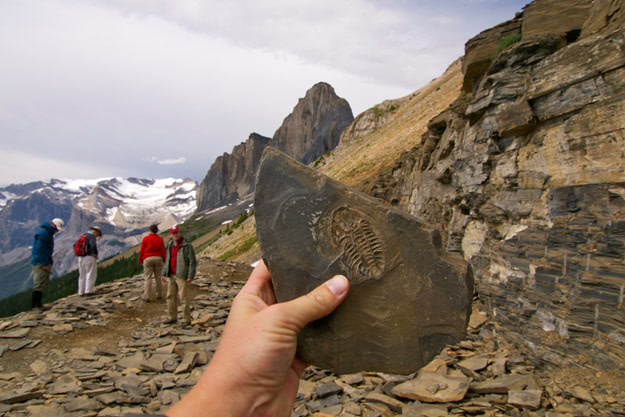
In 1909, Charles Walcott unearthed a geological find of great significance while hiking the Burgess Pass trail above Emerald Lake. Splitting open a slab of layered shale, he exposed incredibly detailed fossils of prehistoric marine life. His find turned out to be a unique window into the workings of the 505 million year old Cambrian ecosystem.
Well-preserved soft tissues
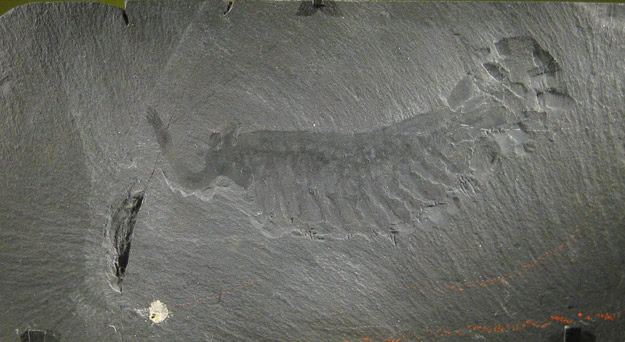
Fossils at the Burgess shale were observed to have incredibly well-preserved soft-body parts. Because delicate muscle and organ tissues are distinctly visible as a thin film in the carbon-heavy shale, soft-bodied organisms that would have otherwise remained unknown were fossilized. Researchers were given insight into the Cambrian food chain by determining the stomach contents of the organisms. The intricate balance of a diverse undersea ecosystem from a time that marked the origins of multi-cellular life is demonstrated by the quality and quantity of fossils extracted from the Walcott dig site.
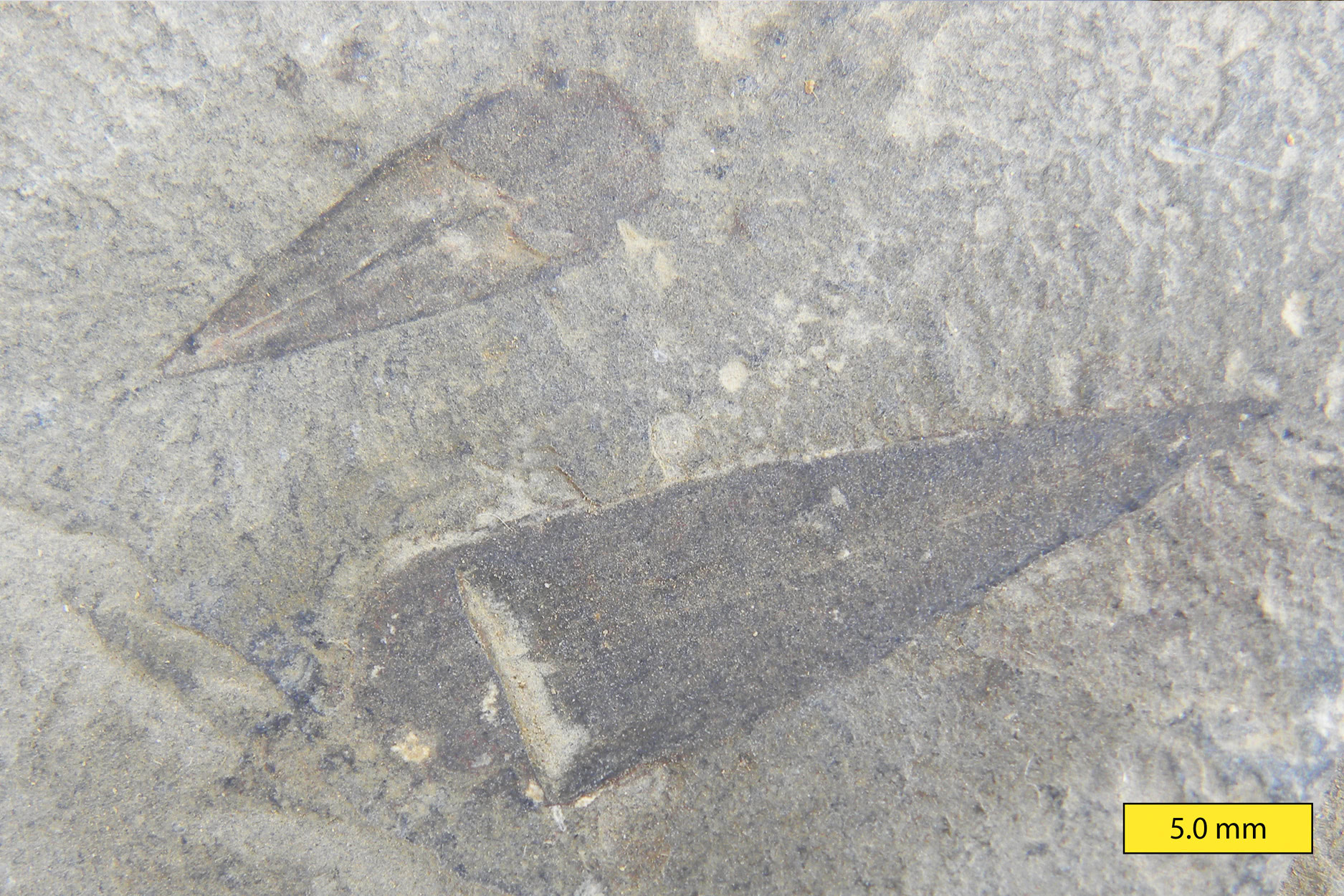
Evidence suggests that the aquatic community existed in shallow water along the edge of a large underwater cliff now referred to as the Cathedral Escarpment. Mudslides buried creatures at the bottom of the cliff, where the low oxygen levels ensured they would not be disturbed by predators and slowed their decomposition as the sedimentary rock formed over time.
Strange creatures
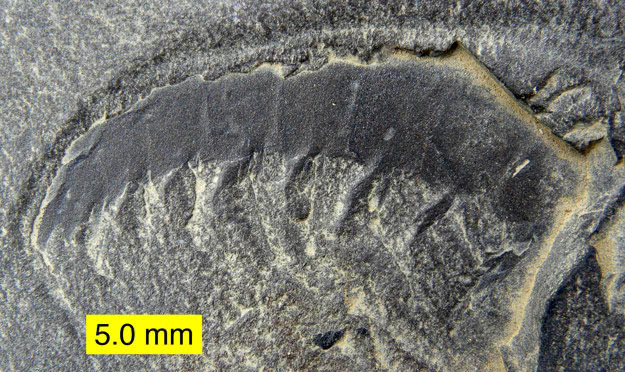
Most numerous among the fossils found at the Burgess Shale is the Marrella (or lace crab, as Walcott called them). Also to be found are hard-shelled Trilobites, the stilt-walking Hallucigenia, early crabs, sponges, and many species that don't fit at all within the modern classification system.
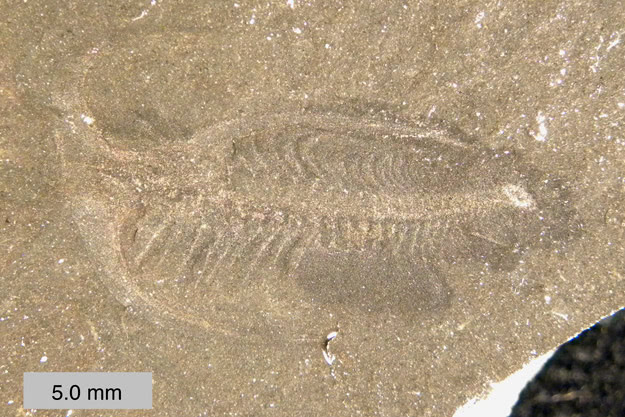
Guided Hikes to the Burgess Shale
The Walcott Quarry and trilobite bed on Mt. Stephen are very important research stations, and remain closed to the public. However, guided hikes to the fossil beds are available during the summer season through the Burgess Shale Geoscience Foundation and Parks Canada.
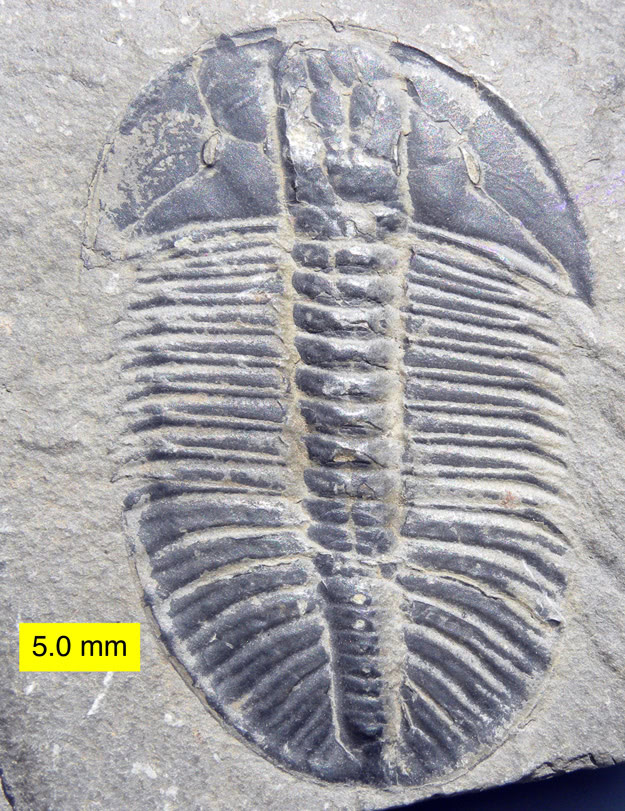
Full-day (ten hours) hikes to the Burgess Shale Fossil Beds take you from the Yoho Valley at Takakkaw Falls to the Walcott Quarry on the Burgess Highline trail high above Emerald Lake. View an assortment of selected fossils that have made the Burgess Shale known as one of the world's most important fossil discoveries.
A seven hour hike is also available at the Mount Stephen Fossil Beds above the Field townsite, where you're sure to find plenty of trilobites and fossils of other aquatic species.
Burgess Shale Geoscience Foundation hikes are led by guides with first-aid certification and expertise in the Earth Sciences so you can make the most out of your Burgess Shale experience.
Parks Canada hikes are led by interpreters with first-aid certification. These interpretive hikes combine storytelling and hands on activities to share the story of the Burgess Shale.
Hikers should be advised that the guided tours are not just a walk in the park; The high elevation of the Rocky Mountains amplifies the effects of fatigue and respiratory difficulties. The hikes contain significant uphill climbs and descents that require adequate physical fitness, plenty of water, and hiking boots with proper ankle support.
Please be aware that it is illegal to remove fossils from all Burgess Shale locations. Violators are regularly prosecuted.
Accommodation in Yoho National Park
For information on places to stay while visiting Yoho, see the accommodation listings page.